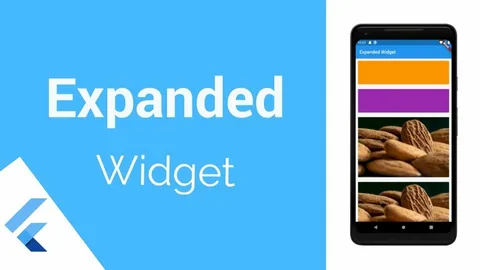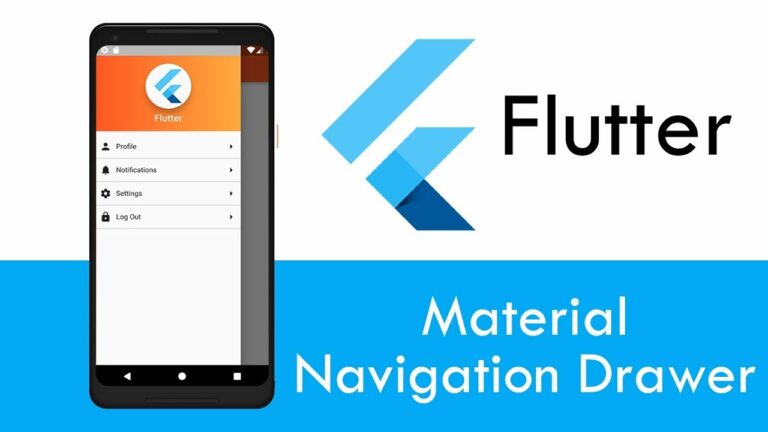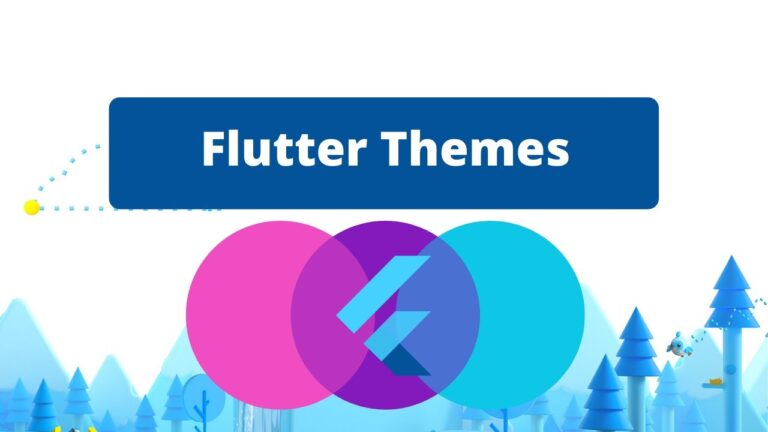Container class in Flutter
Container class in Flutter is a handy widget consolidating the usual widget painting, positioning, and scaling operations. With the help of a Container class, we can arrange widgets on the screen any way we choose. Just like a box, a container can hold several items.
A margin is a fundamental container element that separates the present container from additional contents. It is used to house widgets. Various shapes, such as rounded rectangles, etc., can be applied to the complete container’s border. The padding is applied to the extent of the padding by the container, and if either the width or the height is non-null, further constraints are applied to the padded extent.
Properties of Container Class
Child: A container widget can keep track of its children in the ‘child:’ property. You can use any widget as the child class. For example, let’s pretend that a text widget is a child.
Color: It is possible to change the background color of the entire container by using the color property. Now that we have a background color, we can visualize where the container is located.
Width and height: A container class will automatically allocate the space needed by its child. According to our needs, we can also dictate the container’s width and height.
Margin: To make room for the container, you can use the margin. Keep an eye on the space surrounding the packing.
Padding: You can utilize the padding to create some breathing room between the youngsters and the container’s edge.Container class in Flutter Look at how much room there is between the text and the border.
Alignment: The positioning of the child within the container is determined by the alignment. From bottom to center to left to right, etc., there are a variety of methods . The child is positioned at the very bottom, right in the middle, etc.
Decoration: To add a decorative element to the box, like a border, you can utilize the decoration attribute. A child stands behind this painting. In contrast, the front-and-center decoration paints with a youngster. We should define the container’s perimeter. Color alone cannot be specified, however, nor can the border color.
Transform: We can rotate the container thanks to this attribute of its. The container can be rotated about any axis; in this case, we’re using the z-axis.
Constraints: It is possible to use this property to impose further restrictions on the child Container class in Flutter.
Clipbehavior: The Clip Enum object is passed as an argument to this property. This controls the clipping behavior of the container’s contents Container class in Flutter.
Foreground Decor Container class in Flutter
The object of the Decoration class is held by this parameter. It manages the widget’s front-facing decorations Container class in Flutter.
- Before applying extra restrictions to the padded extent, a container inflates the padding around the child using any borders in the decoration. If either the width or the height are non-null, further constraints are incorporated into the padding. More space, as seen from the margin, surrounds the container.
- Before painting the child, the container applies the provided transform, fills the padding extent with decoration, then paints the foreground decoration, and finally paints the child Container class in Flutter.
- When faced with unlimited input constraints, containers without children aim to be as tiny as possible; otherwise, they strive to be as big as possible. Kids’ containers adapt to the size of their little ones. The constructor’s width, height, and restriction parameters take precedence here.
All hit tests in containers default to returning false. In the case where the color property is given, ColoredBox takes care of the hit testing and consistently returns true.
Layout Behaviour Container class in Flutter

- Container will attempt to size itself to the smallest possible extent if the widget in question does not have any children, height, width, or constraints, and if the parent widget has unbounded restrictions.
- In the absence of a child and alignment, but with specified height, width, or restrictions, the container will strive to minimize itself by combining these parameters with those of the parent.
- When a parent widget offers bounded restrictions but the child widget doesn’t have any, the container will expand to fit the parent’s constraints.
- The Container will attempt to enlarge itself to accommodate the widget if it has an alignment and the parent gives unlimited constraints.
- The Container will attempt to enlarge to accommodate the parent and then place the child within itself according to the alignment if the widget has one and the parent gives bounded restrictions.
If the widget is missing height, width, constraints, and alignment, it will have a child widget that the Container will size itself according to, passing on the parent’s restrictions to the child.






